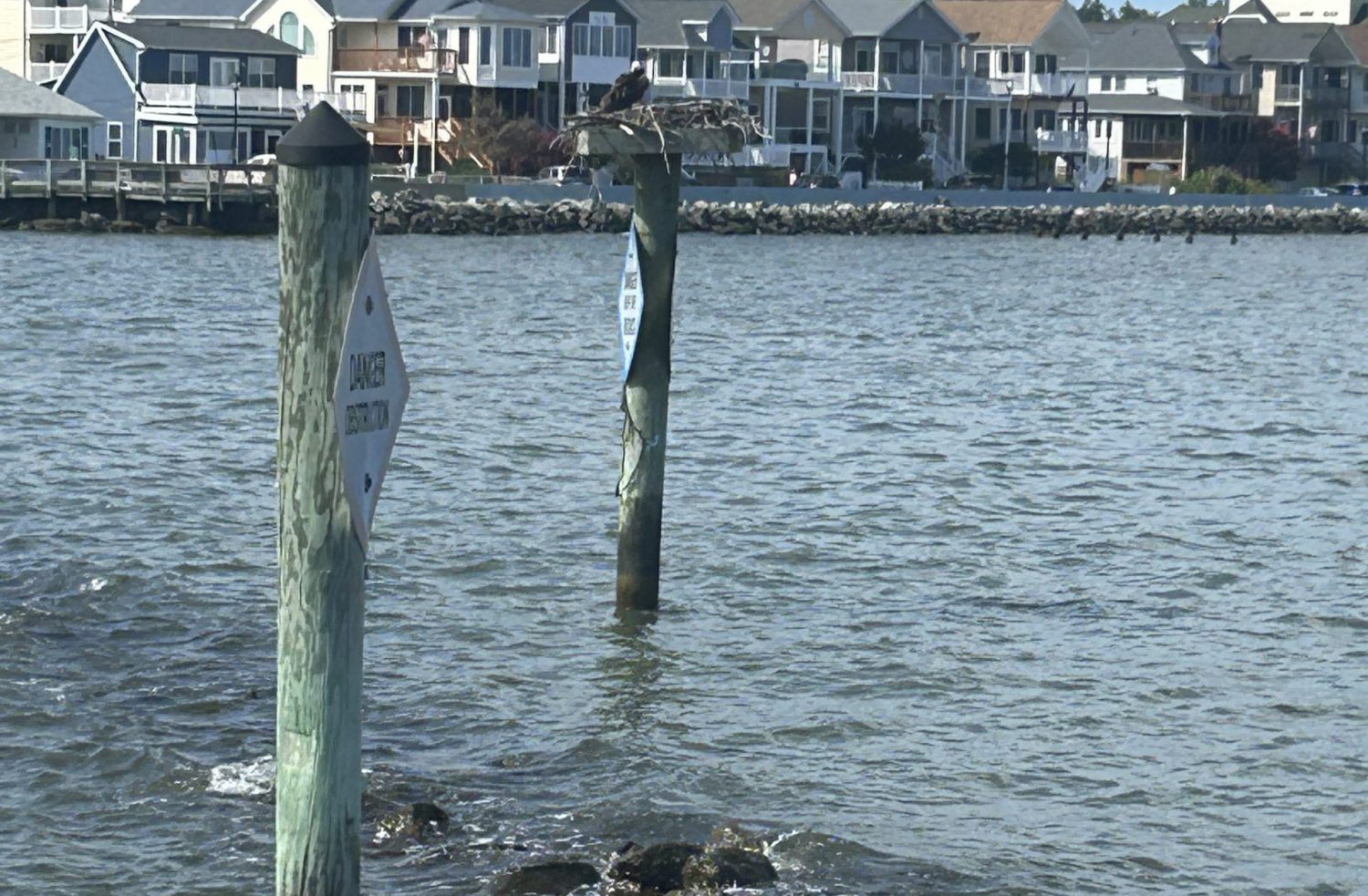Last weekend, we took ourselves to the Washington Sailing Marina on the Potomac River for a two-day sailing lesson. The program is led by an esteemed sailing instructor who has taught lessons for 30 years! Not only is she an expert sailor in her own right, her passion for sailing was infectious. Her team of instructors similarly shared that passion. We knew we were in good hands and we were ready to take to the water.

BUT FIRST!
The instructor led a “dock talk” discussion. The program uses the Flying Scot to teach their lessons (a 19-foot sailboat). The instructor explained the parts of the sailboat and walked us through how to rig it. As we prepped the sailboat at the dock, airplanes took off from DCA, occasionally drowning out our instructor’s voice. Nevertheless, the view of the planes, river, and D.C. monuments made for a stunning backdrop. Our instructor coined the Flying Scot a “bathtub with sails” but it had everything a traditional sailboat contains: a tiller for steering, a main sail along the mast (the vertical main pole on the sailboat), the jib sail (a jib is a triangular staysail set forward of the forward-most mast), a centerboard in the cockpit of the boat, and a cockpit area made for a crew of up to four. We were paired with two other classmates: One local DCer and another person from India! We lucked out with our group. Not only was our instructor great, the other two sailing newbies had excellent attitudes and we all meshed well as a team. To rig the sailboat, we first hooked in and lined up the jib along the mast. Next, we set up the main sail along the boom, which is at the foot of the mast where the bottom of main sail is fed. We tied a few cleat knots (a sailing specific knot that helps tie off lines without worry of them coming undone) and raised the jib and main sail. We were ready to cast off and learn!
After our instructor acquainted us with the roles of the crew, we pushed off from the dock ready to sail!
Our instructor assigned one person on each side of the boat to handle the jib sails. This job involved lowering or raising the jib sails depending on the wind direction. Another person was on the tiller (driving the boat). The person on the tiller was like the captain of the boat and would announce to the crew the direction we were going, whether it be a tack (turning the bow of the boat through the wind) or jibe (turning the stern through the wind). These instructions would dictate whether we pulled in our jib line or let it out. The fourth member of the crew was responsible for the main sail, whether it be letting out or pulling in the main sheet. All four of us rotating through these roles and applying what we learned. After a quick lunch break, we conducted some “chalk talk,” learning about the different points of sail and rights of way when sailing. Following the “chalk talk,” our group got back on the water. This time, our group headed out of the little safe haven of a lagoon and ventured into the Potomac River. While out in the river’s channel we practiced a “man overboard” drill. During these drills, we practiced retrieving a person (in this case a floatation device named Arnold) from the water. We each had two attempts at this. Just as we finished, we saw dark clouds coming up the river. As the radar indicated, a storm was about to roll in. We headed back to the dock, but it became apparent we were not going to make it back before the storm hit. Luckily, a fellow sailor, with a motor, came by and towed us back to the dock. We finished bringing in the sails just in time before the rain. While we were disappointed the storm cut our lesson by an hour, no way did we want to bear the storm and stay out. Our instructor dismissed us for the day and added an hour to Day Two. We left with a sailboat study guide and the anticipation and excitement to return the next day!
